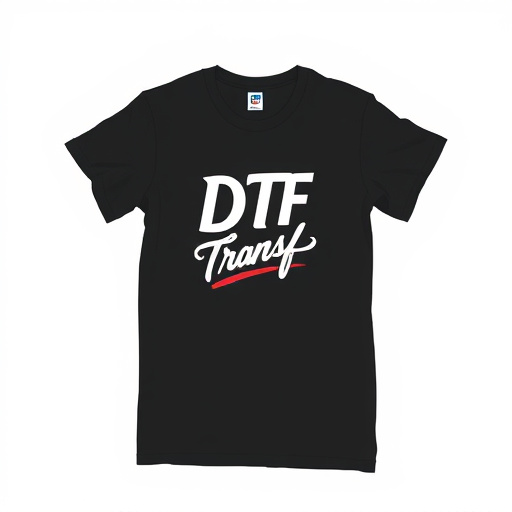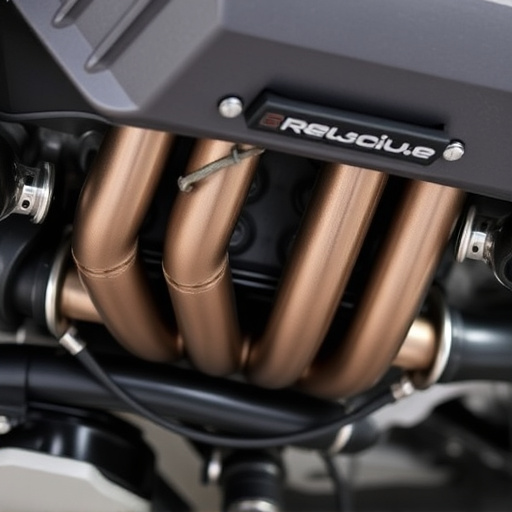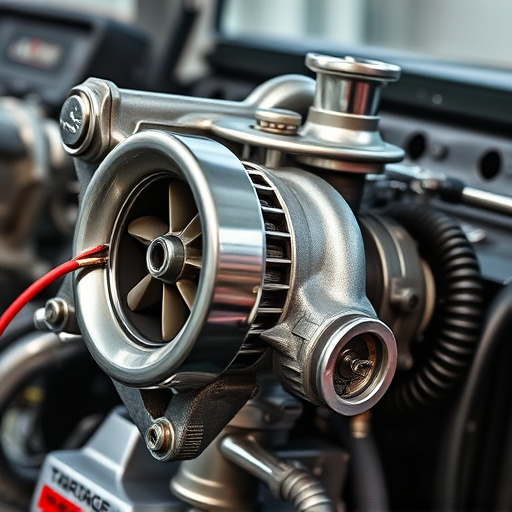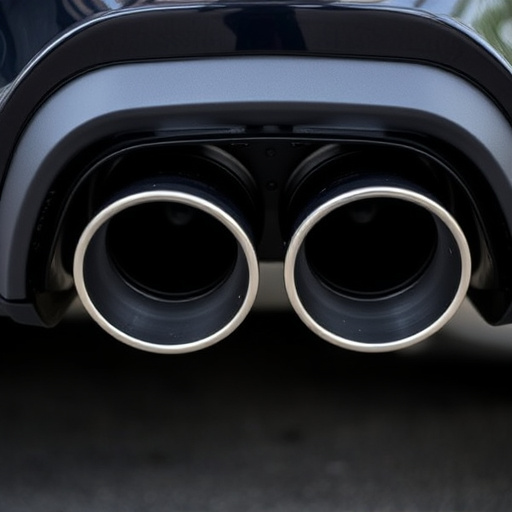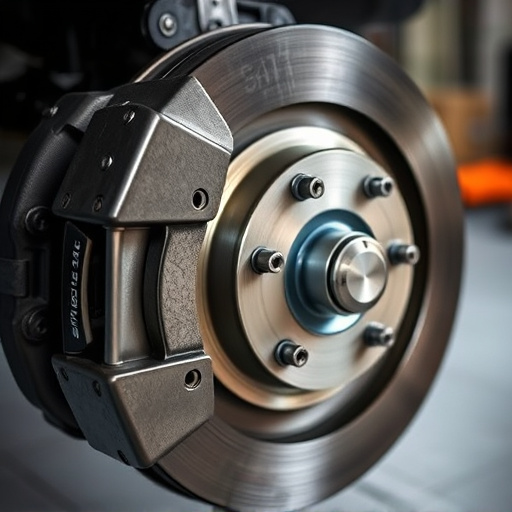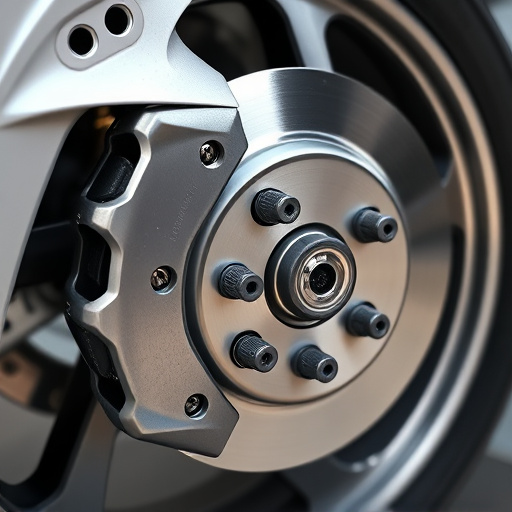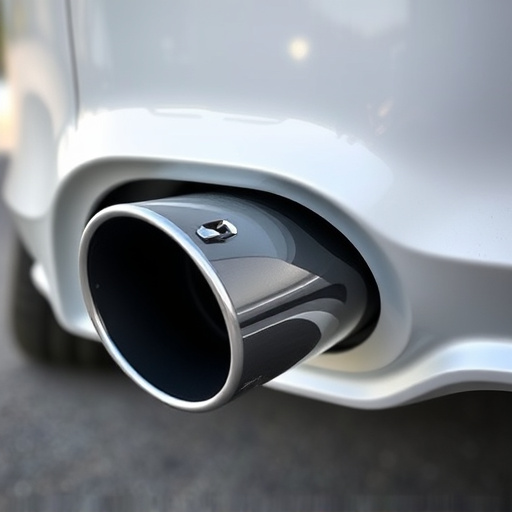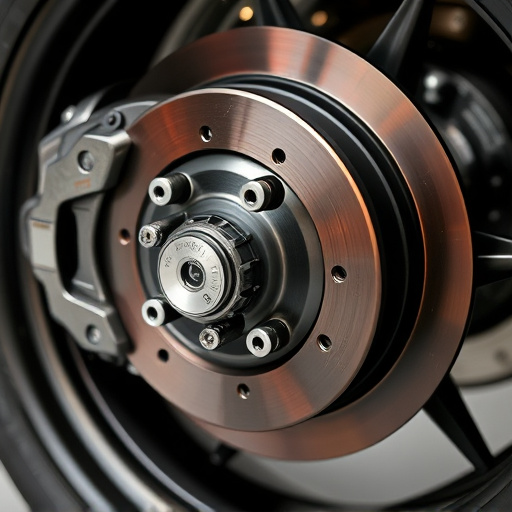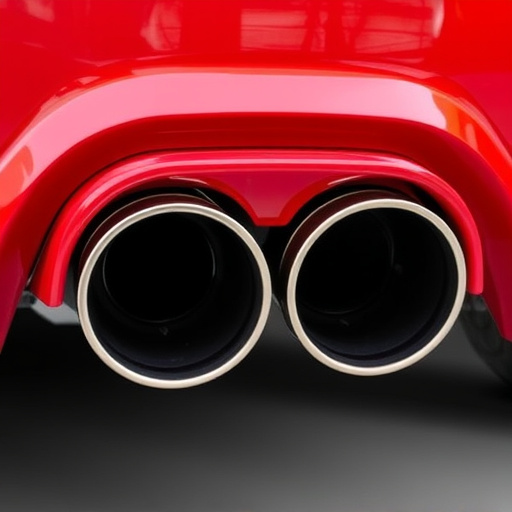The car suspension system, comprising parts like shock absorbers, struts, springs, and control arms, is crucial for safe and smooth driving. Repair costs vary widely based on damage, ranging from $100 to several hundred dollars per corner. Common issues include worn-out shocks and broken components. Budgeting should account for immediate and future expenses, including parts and labor. Upgrades like performance air filters or brakes enhance handling but increase costs. Balancing maintenance and repairs is key to efficient vehicle upkeep.
“The car suspension system is a critical component often overlooked until it fails. This intricate network of parts ensures a smooth ride and vehicle stability. When repairs are needed, understanding the costs associated with different suspension components and issues is essential for budget-conscious drivers.
This guide breaks down the complexities of car suspension system repair, offering insights into common problems, average pricing, and strategic budgeting tips to help you navigate these essential maintenance tasks.”
- Understanding Car Suspension System Parts and Costs
- Common Suspension Issues and Repair Pricing
- Budgeting Tips for Effective Suspension Repairs
Understanding Car Suspension System Parts and Costs
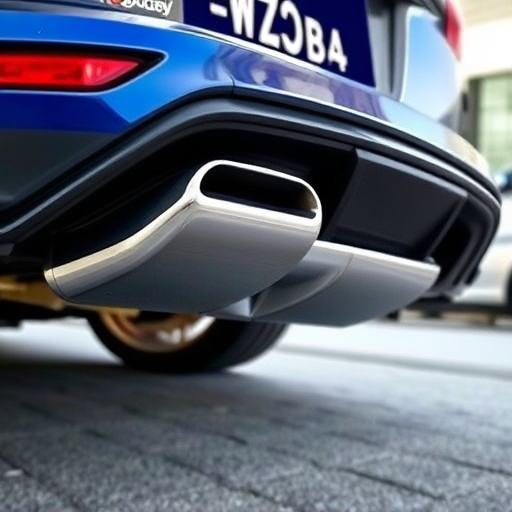
The car suspension system is a complex network of components that connect your vehicle to its wheels, enabling smooth driving and control. It consists of several parts, each playing a crucial role in ensuring your safety and comfort on the road. Understanding these components and their costs is essential when budgeting for repairs.
Key parts include shock absorbers, struts, springs, control arms, ball joints, and stabilizers bars. These parts work together to absorb impacts from uneven road surfaces, maintain vehicle height, and facilitate cornering. When a suspension system needs repair, the cost can vary greatly depending on the extent of damage, part replacements, or even complete system overhauls. For instance, replacing shock absorbers can range from $50 to $200 per corner, while strut replacement might cost between $150 and $400 per side, including labor. It’s also worth noting that upgrading to performance exhaust systems or investing in high-quality brake pads can significantly impact overall costs, especially when coupled with suspension repairs.
Common Suspension Issues and Repair Pricing
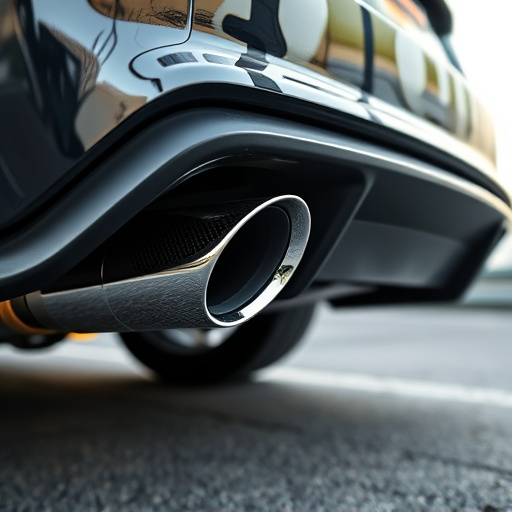
Car suspension system repairs are a common yet often overlooked aspect of vehicle maintenance. Common issues include worn-out shocks and struts, damaged control arms, and loose or broken suspension components. These parts play a crucial role in ensuring safe and comfortable driving. Repair pricing varies widely depending on the extent of damage and the specific components needing replacement.
For example, replacing individual suspension components like struts or shock absorbers typically ranges from $100 to $300 per corner, while complete suspension kits can cost several hundred dollars more. Additionally, factors like labor rates and whether the job requires alignment after repairs can add to overall expenses. Interestingly, upgrading to performance-oriented suspension kits or enhancing with muffler tips and air intake systems, though not strictly necessary for safety, can significantly impact a car’s handling and ride quality, adding further budget considerations for enthusiasts.
Budgeting Tips for Effective Suspension Repairs
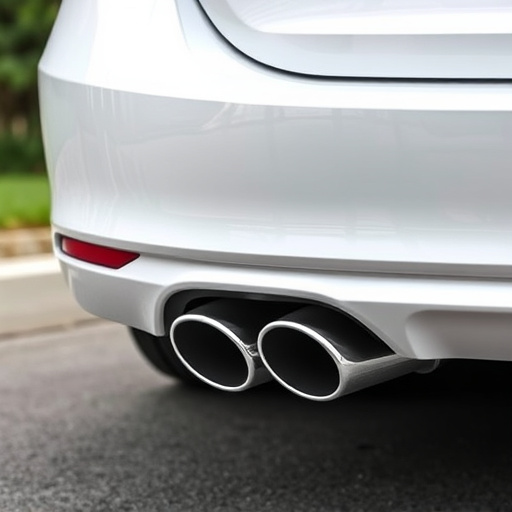
When budgeting for car suspension system repair, it’s essential to consider both immediate and long-term expenses. Start by gathering quotes from reputable auto repair shops, as prices can vary significantly. Remember that a complete suspension overhaul may involve costs related to components like shocks, struts, and control arms, along with labor fees for installation. Efficient budgeting involves not only finding the best prices but also understanding your vehicle’s needs. Researching different parts and their potential lifespans can help you anticipate future repairs, enabling better financial planning.
Additionally, think beyond the immediate repair costs. Upgrading to performance air filters or installing high-performance brakes, for example, might enhance your car’s handling and safety but also impact your budget. Balancing routine maintenance with necessary repairs is key to maintaining your vehicle efficiently. Exhaust tips can be another consideration if you’re aiming for improved performance, but remember that each modification should align with your overall financial goals for your car’s suspension system.
Repairing your car’s suspension system is essential for safety and performance. By understanding common issues, part costs, and budgeting tips, you can navigate repairs effectively. Remember, regular maintenance and prompt attention to suspension concerns can prevent costly future damage. Keep your vehicle stable and secure on the road by being informed about these crucial repairs.
